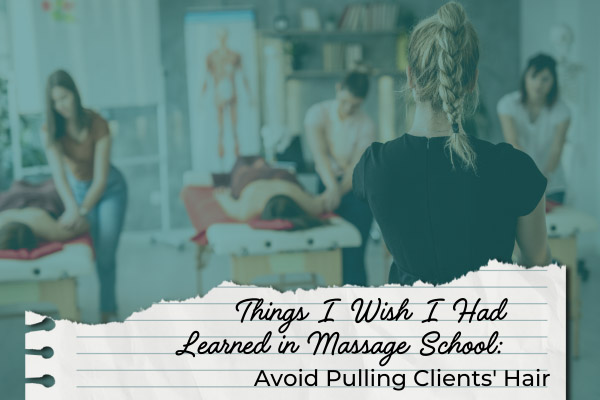.png)
The following blog post is sponsored by Upledger Institute International.
What is CranioSacral Therapy? CranioSacral Therapy (CST) is a gentle, hands-on treatment modality that releases tensions deep in the body to relieve pain and dysfunction and improve whole-body health and performance. Developed by osteopathic physician John E. Upledger, CST therapists focus on removing restrictive forces within the membrane system that surrounds the surface of the brain, the bones of the skull, and the vertebral column to relieve pain, reduce stress, and help with relaxation.
Is CST Effective in Treating Symptoms of PTSD? Research and numerous case studies support CST as an effective therapy to assist with posttraumatic stress disorder (PTSD), traumatic brain injury, concussions, combat stress, panic attacks, insomnia, flashbacks, chronic anxiety, and more.
Veterans Report Improvement in Symptoms of PTSD after CST. Recently, Upledger Institute Clinic, located at Upledger Institute International headquarters in Florida, held a five-day program titled Veterans Therapy—Integrative Treatment Approach for Combat Stress and Post-Traumatic Stress Disorder (PTSD). Seven veterans who suffer with PTSD and other challenges were treated by a 28-member multidisciplinary therapist team who utilized CranioSacral Therapy (CST) techniques and other healing modalities aimed at helping the body heal itself.
At the conclusion of the program, the veterans reported increased mobility and energy levels, decreased pain levels, and improved sleep. Many of the veterans had accessed other treatment over the years, and one stated, “This was the most transformative process I have attended in 30 years.”
About Upledger Institute International. Upledger Institute International, named for the developer of CST, is recognized worldwide as the leading provider of CranioSacral Therapy educational programs, advanced treatment options, and products.
For more information on Upledger Institute International and CranioSacral Therapy classes, visit Upledger.com.



Comments
I Work Mostly with Veterans.
This was a good read and reminds me more CS work with all veterans. The nature off the occupation creates PTSD. Taking some time to work on head/neck at the end of the session followed by focusing on the feet (head to toe) to integrate the session and close.